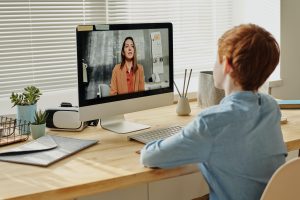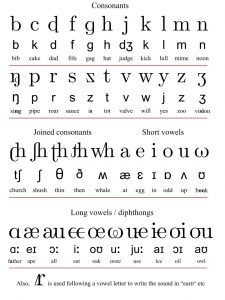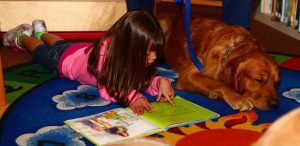Co-authored by Dr. Melissa Swisher, Lecturer, Purdue University

See the Sound/Visual Phonics is a system of hand cues and written symbols that represent the 46 unique sounds of the English language. The system has two critical features that differentiate it from other systems. First, with See the Sound/Visual Phonics, the hand signs mimic the mouth and tongue movements as well as the air flow necessary to produce the spoken sound (a critical feature that differentiates See the Sound/Visual Phonics from cued speech where hand signs are more arbitrary; see Montgomery, 2008). Second, the written code is designed to look like the hand sign, prompting again the mouth and tongue movements to facilitate sound production.

Three characteristics of the English language illustrate the problems with emphasizing letters rather than sound when teaching reading. First, the same sound is represented by different spellings like the long ā sound. For instance, reign and rain sound similar, but reign does not sound like sleight even though they contain the same –eig code (e.g., sleight sounds like bite, fright, pie, sky with a long ī sound). Second, the same spelling represents different sounds. Read looks the same in the present/future tense [They will read (long ē sound) every issue of The Analysis of Verbal Behavior] as the past tense [Yesterday, they read (short ĕ sound) Tenenbaum & Wolking, 1989], and yet they’re spoken differently. Third, the same word has different meanings, spellings, and/or pronunciations. Résumé (job background) and resume (start a task again) are spelled the same but spoken differently and aren’t related. Other homophones are to, too, two with a long [oo] sound; flower and flour; through and threw; and their, they’re, there which pose many problems for readers of all ages.
Another unique feature of See the Sound/Visual Phonics is its flexibility. It can be incorporated into any reading curriculum and can be used one-on-one, in small groups, and in large groups (see Cihon, Morford, Stephens, Morrison, Shrontz, & Kelly, 2013). Teachers can also use See the Sound/Visual Phonics in its entirety or only with difficult sounds. Although See the Sound/Visual Phonics has mostly been used to teach reading, its utility has also been demonstrated with articulation/sound production (Smith & Wang, 2010; Zaccagnini & Antia, 1993) and spelling and writing (Abdulghafoor, Ahmad, & Huang, 2015).

English is quite the melting pot of languages (e.g., Greek, French, German, Spanish, Nahuatl), which is partly why there are so many letter sounds and spellings. It’s no wonder that nearly half of primary school students in the United States struggle with reading (see the National Center for Education Statistics and the National Assessment of Educational Progress) and teachers struggle to help them (i.e., tell them to guess). Just as the teachers in Bethlehem have started to think about sound, not letters, and its importance for reading, perhaps our students and children could benefit from See the Sound/Visual Phonics instruction (Narr & Cawthon, 2011). Then we can finally change the statistic to all students learn to read proficiently!
Image credits:
- Image provided courtesy of Yan Krukov under Pexels License
- Image provided courtesy of Julia M Cameron under Pexels License
- Image provided courtesy of AnonMoos under Public Domain
- Image provided courtesy of Lance Cpl. Christopher Johns under Public Domain
